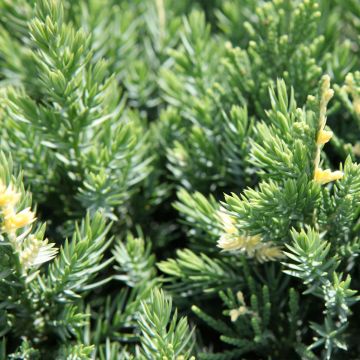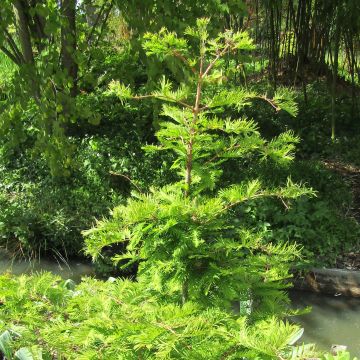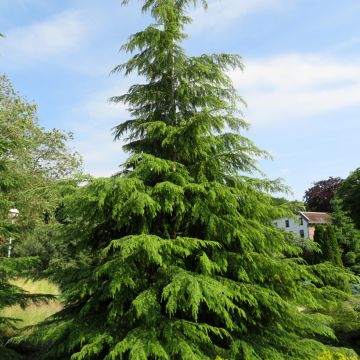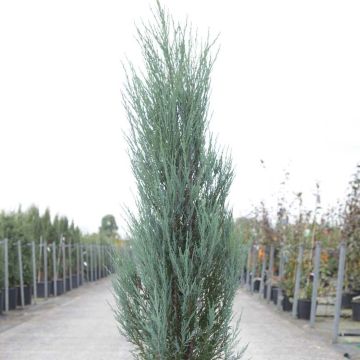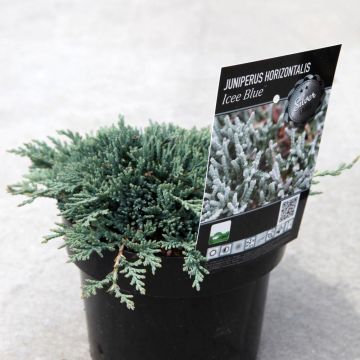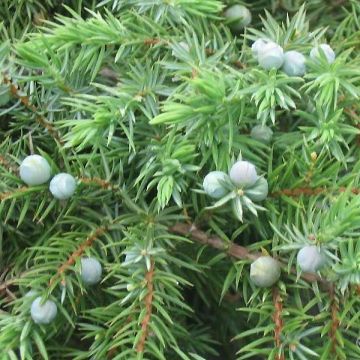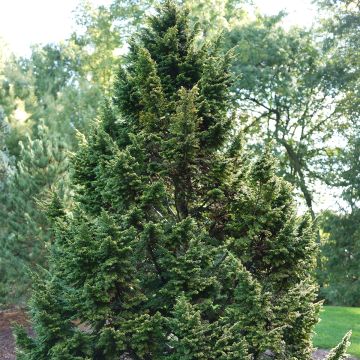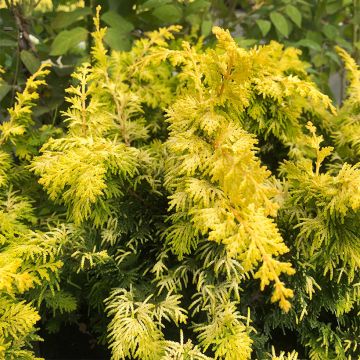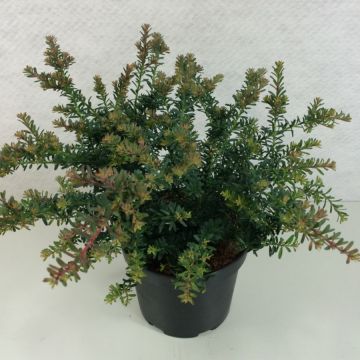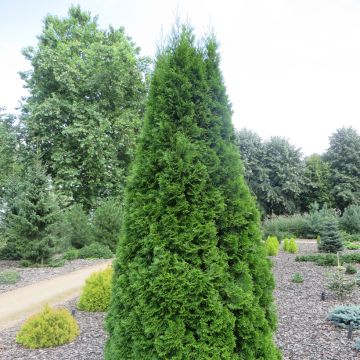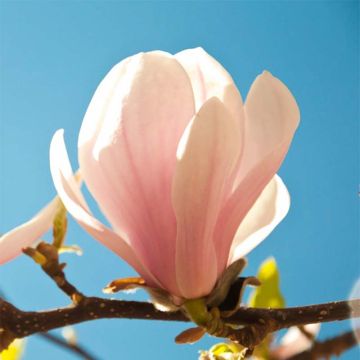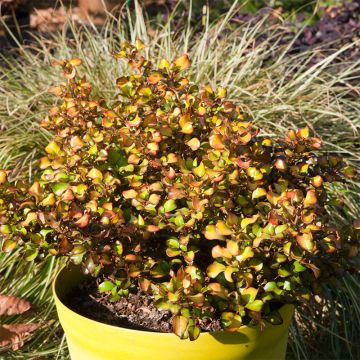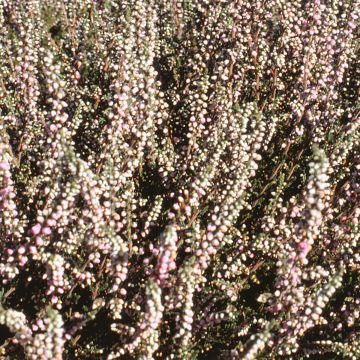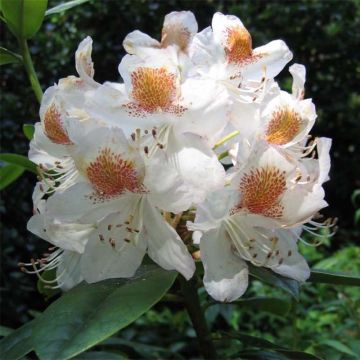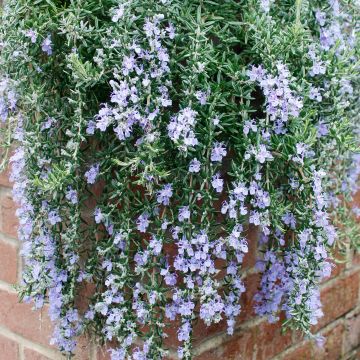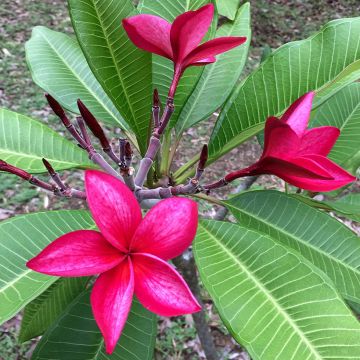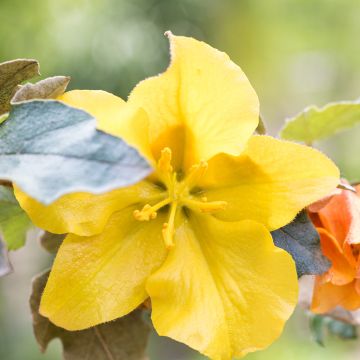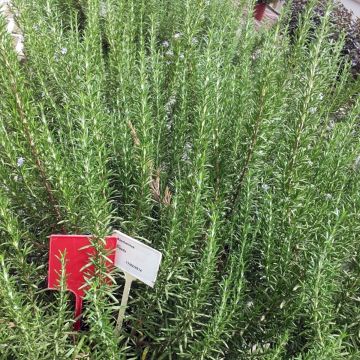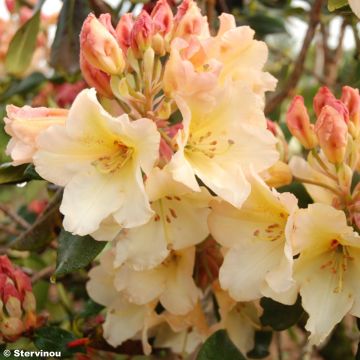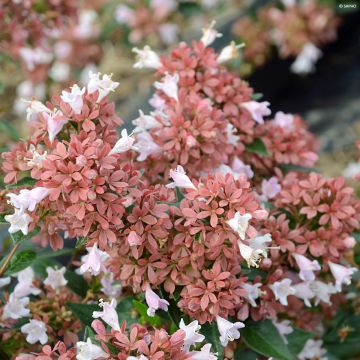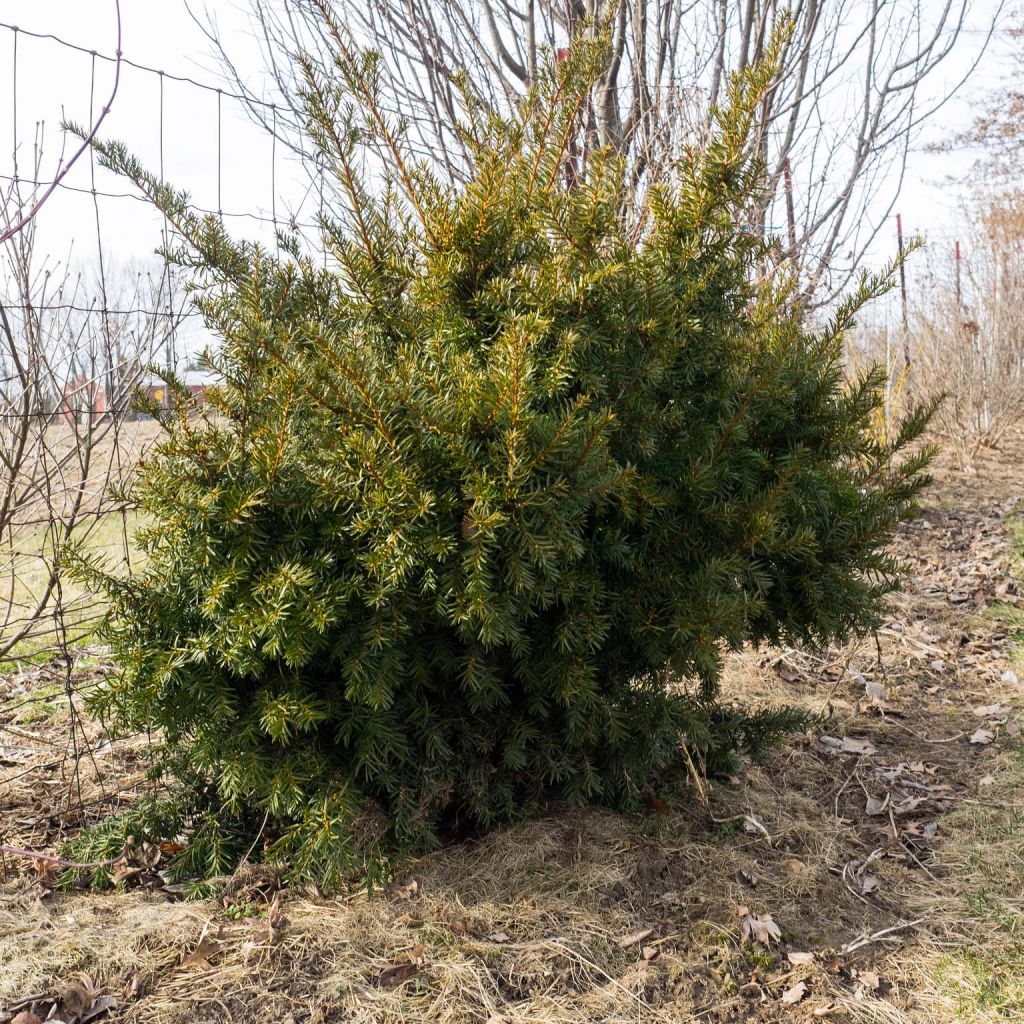

Taxus media Densiformis - Yew
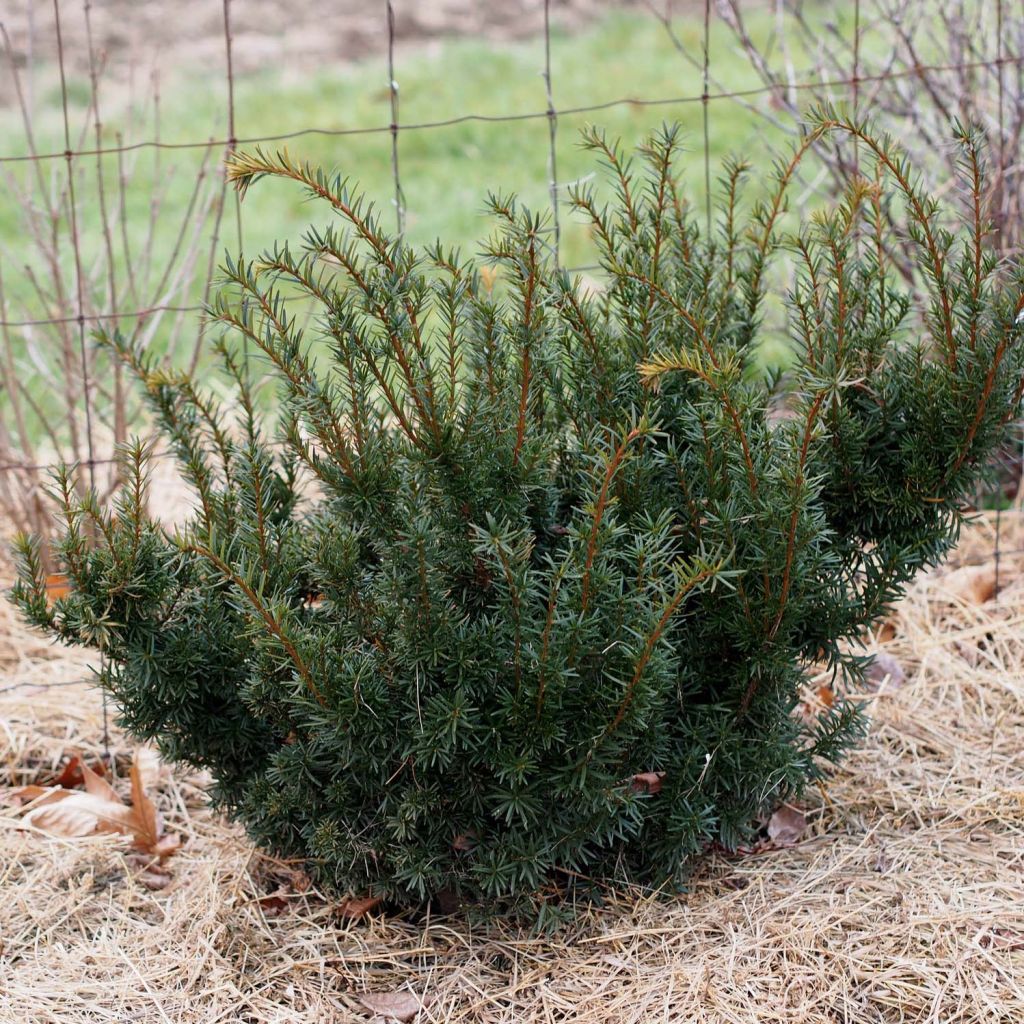

Taxus media Densiformis - Yew
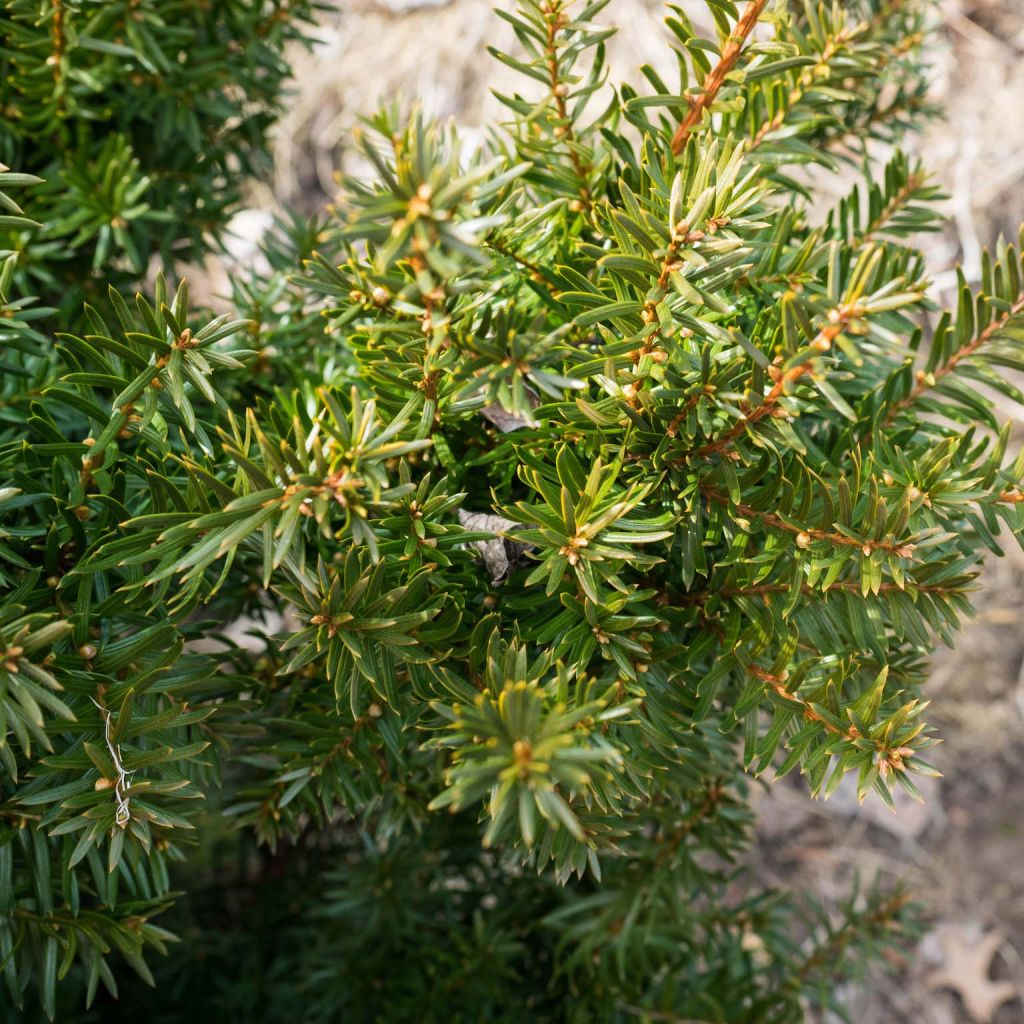

Taxus media Densiformis - Yew
Taxus media Densiformis - Yew
Taxus x media Densiformis
Anglo-Japanese Yew, Hybrid Yew
This item cannot be shipped to the selected country
Delivery charge from €5.90
Delivery charge from €5.90
More information
Schedule delivery date,
and select date in basket
This plant carries a 24 months recovery warranty
More information
We guarantee the quality of our plants for a full growing cycle, and will replace at our expense any plant that fails to recover under normal climatic and planting conditions.
From €5.90 for pickup delivery and €6.90 for home delivery
Express home delivery from €8.90.
From €5.90 for pickup delivery and €6.90 for home delivery
Express home delivery from €8.90.
Does this plant fit my garden?
Set up your Plantfit profile →
Description
The Taxus x media 'Densiformis' is a small-sized female hybrid yew that stands out for its remarkably dense spreading habit. With its beautiful ascending and flexible branches densely covered with dark green foliage, it is a perfect conifer to create a permanent decoration in a large rockery or in the background of flowerbeds. Its relatively fast growth, its ability to be pruned and its lovely red fruiting in autumn are additional assets. Hardy, adaptable to different soils and climates, it has a place in all gardens. When shaped into topiary, it allows for the creation of pretty low hedges, as an alternative to boxwood.
Taxus x media is the result of the cross-breeding between T. baccata (common yew) and T. cuspidata, a Japanese yew that tolerates shade, moist sandy soils and drought, and has a faster growth rate. All these plants belong to the taxaceae family, just like cryptomerias and metasequoias.
With a relatively fast growth for a yew, 'Densiformis' will reach an average height of 1 metre (3 feet) with a span of 1.8 metres (6 feet). Its habit is distinctly spreading, carried by long oblique and flexible branches. Its multiple branches allow for the formation of a fairly dense network that does not become bare at the base. The evergreen foliage is composed of flat, veined spines of a beautiful shiny dark green color, tapering to a pointed end, soft to the touch. Ranging from 1.5 to 3 cm (1in) long, they slightly turn red in winter. Thus, thanks to its thick and regular coat, this bush has a beautiful presence throughout the seasons and often forms the backbone of the garden. Yew trees are dioecious: different individuals bear either male or female flowers. 'Densiformis' being a female hybrid, the ornamental red berries appear after a discreet flowering.
The possibilities offered by yews are endless. These shrubs, imbued with wisdom and nobility, enclose, shape, and sculpt spaces thanks to their always green and unblemished "fur" that is ignored by animals. The 'Densiformis' variety will find its place in all gardens, even the most modest ones, from the North to the South of our region, and will adapt to all fantasies and styles: formal, whimsical, or poetic. And this is even more so because this hybrid yew is not only very hardy but also accepts all types of soil: ordinary, slightly acidic or alkaline, moist or dry. It tolerates shade and can be used to fill in areas without light, alone or accompanied by evergreen shrubs such as Sarcococca and cherry laurels, which are equally frugal. It accompanies elaeagnus, chamaecyparis, and small junipers in sunny areas, as well as photinia and prunus lusitanica. Its pruning is limited to two interventions per year and it will manage to regenerate after a severe cut by penetrating the old wood. If you want to keep it near entrances, it can also be grown in containers.
The needles, bark, and fruits are indeed toxic to humans and animals (except birds that consume the berries and discard the seeds).
Report an error about the product description
Taxus media Densiformis - Yew in pictures
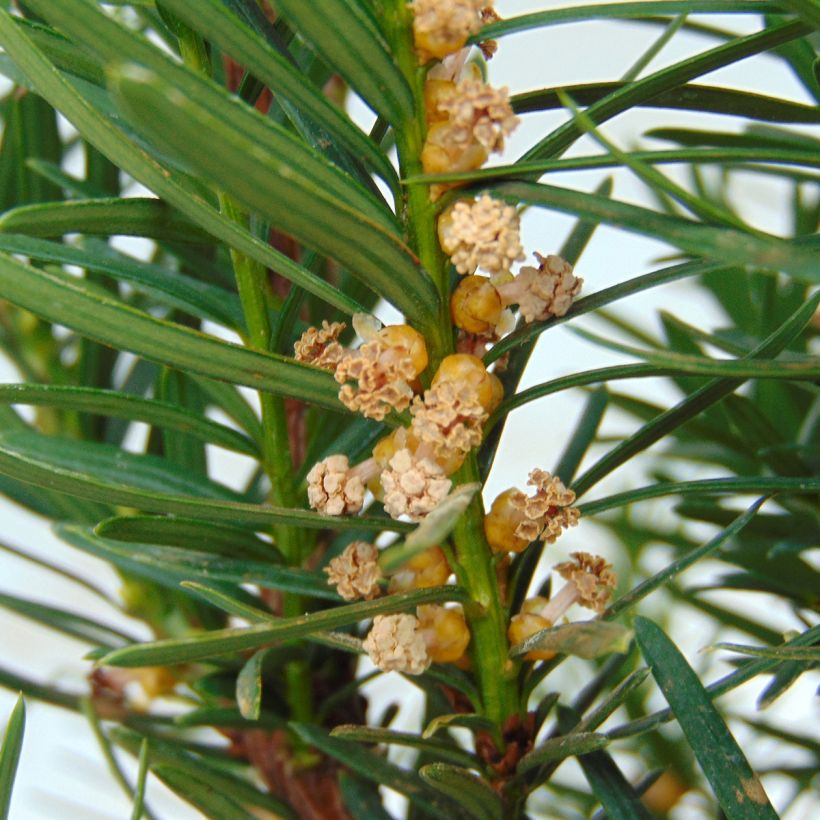

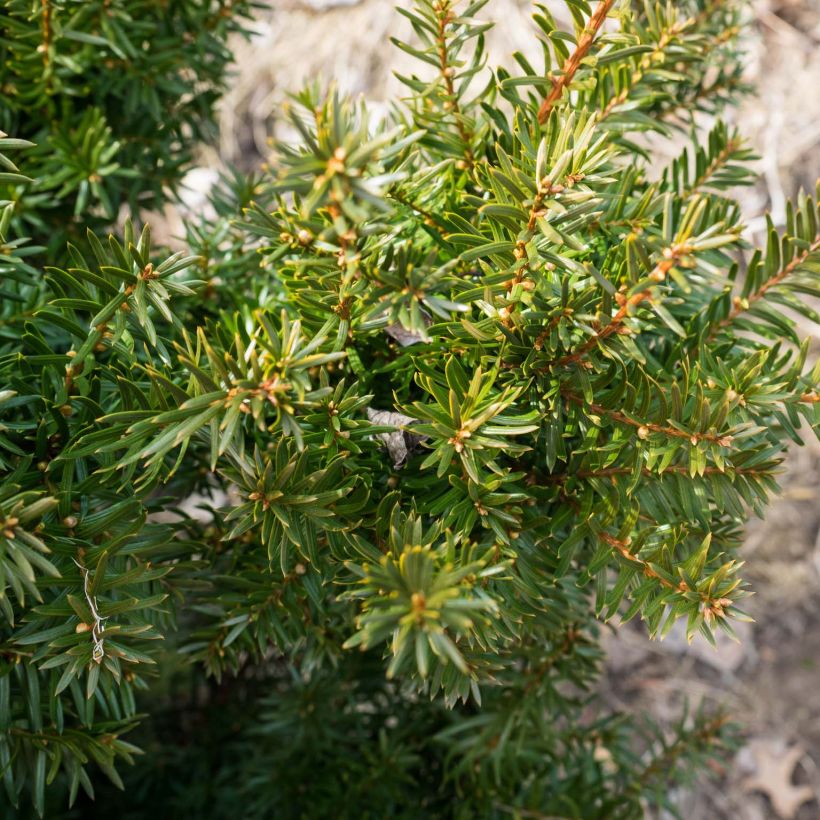

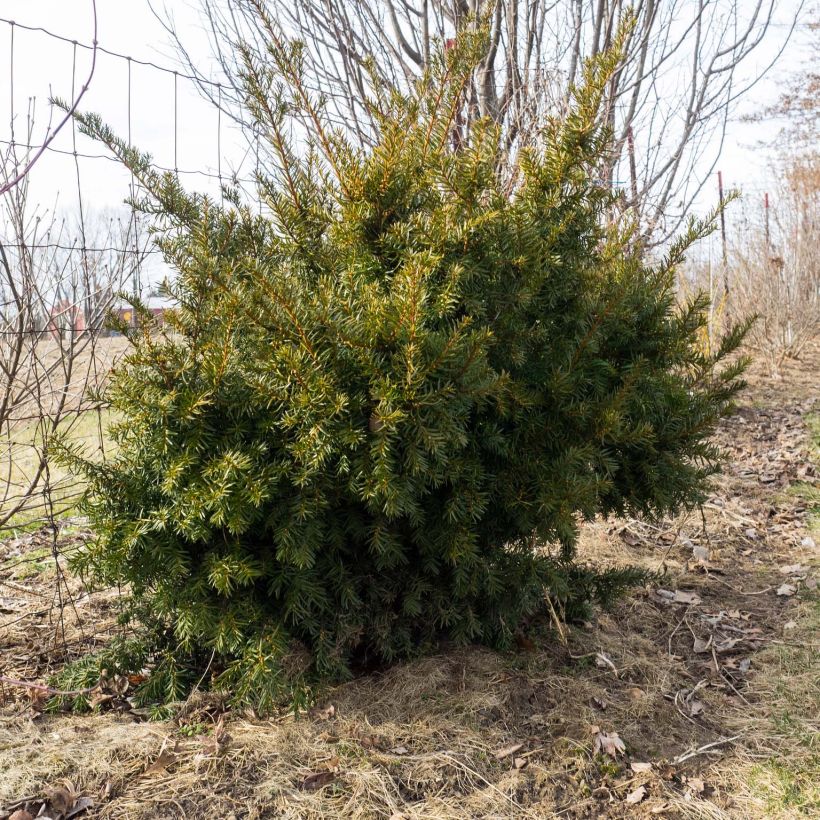

Plant habit
Flowering
Foliage
Safety measures
Botanical data
Taxus
x media
Densiformis
Taxaceae
Anglo-Japanese Yew, Hybrid Yew
Cultivar or hybrid
ingestion
Cette plante est toxique si elle est ingérée volontairement ou involontairement.
Ne la plantez pas là où de jeunes enfants peuvent évoluer, et lavez-vous les mains après l'avoir manipulée.
Pensez à conserver l'étiquette de la plante, à la photographier ou à noter son nom, afin de faciliter le travail des professionnels de santé.
Davantage d'informations sur https://plantes-risque.info
Other Conifers A to Z
Planting and care
Plant the If (x) media 'Densiformis' preferably in a container in autumn or spring rather than in winter like other evergreens. Larger specimens can be easily established in well-prepared soil. Dig a large planting hole that is wider than the root ball, without burying the base of the trunk. Water generously to facilitate establishment. Monitor watering during the first two or three years of cultivation, especially in dry weather. The hybrid taxus is not demanding at all, and it is undoubtedly one of its most beautiful qualities. It thrives in full sun or partial shade, and can even tolerate shade in hot climates, in well-prepared ordinary soil, slightly chalky or acidic, sandy, and moist to dry in summer. It easily adapts to all climates and soils. It can be pruned twice a year, in spring and autumn (the latter allowing for adjustments from the first pruning), in April and August (depending on your climate). The fastigiate taxus is resistant to wind but not to sea spray. It tolerates urban pollution well but is sensitive to de-icing salt. This conifer is not prone to diseases, although it can sometimes be attacked by scale insects and its roots can be attacked by weevil larvae or, in excessively wet soil, by fungi.
Planting period
Intended location
Care
-
, onOrder confirmed
Reply from on Promesse de fleurs
Evergreen shrubs
Haven't found what you were looking for?
Hardiness is the lowest winter temperature a plant can endure without suffering serious damage or even dying. However, hardiness is affected by location (a sheltered area, such as a patio), protection (winter cover) and soil type (hardiness is improved by well-drained soil).

Photo Sharing Terms & Conditions
In order to encourage gardeners to interact and share their experiences, Promesse de fleurs offers various media enabling content to be uploaded onto its Site - in particular via the ‘Photo sharing’ module.
The User agrees to refrain from:
- Posting any content that is illegal, prejudicial, insulting, racist, inciteful to hatred, revisionist, contrary to public decency, that infringes on privacy or on the privacy rights of third parties, in particular the publicity rights of persons and goods, intellectual property rights, or the right to privacy.
- Submitting content on behalf of a third party;
- Impersonate the identity of a third party and/or publish any personal information about a third party;
In general, the User undertakes to refrain from any unethical behaviour.
All Content (in particular text, comments, files, images, photos, videos, creative works, etc.), which may be subject to property or intellectual property rights, image or other private rights, shall remain the property of the User, subject to the limited rights granted by the terms of the licence granted by Promesse de fleurs as stated below. Users are at liberty to publish or not to publish such Content on the Site, notably via the ‘Photo Sharing’ facility, and accept that this Content shall be made public and freely accessible, notably on the Internet.
Users further acknowledge, undertake to have ,and guarantee that they hold all necessary rights and permissions to publish such material on the Site, in particular with regard to the legislation in force pertaining to any privacy, property, intellectual property, image, or contractual rights, or rights of any other nature. By publishing such Content on the Site, Users acknowledge accepting full liability as publishers of the Content within the meaning of the law, and grant Promesse de fleurs, free of charge, an inclusive, worldwide licence for the said Content for the entire duration of its publication, including all reproduction, representation, up/downloading, displaying, performing, transmission, and storage rights.
Users also grant permission for their name to be linked to the Content and accept that this link may not always be made available.
By engaging in posting material, Users consent to their Content becoming automatically accessible on the Internet, in particular on other sites and/or blogs and/or web pages of the Promesse de fleurs site, including in particular social pages and the Promesse de fleurs catalogue.
Users may secure the removal of entrusted content free of charge by issuing a simple request via our contact form.
The flowering period indicated on our website applies to countries and regions located in USDA zone 8 (France, the United Kingdom, Ireland, the Netherlands, etc.)
It will vary according to where you live:
- In zones 9 to 10 (Italy, Spain, Greece, etc.), flowering will occur about 2 to 4 weeks earlier.
- In zones 6 to 7 (Germany, Poland, Slovenia, and lower mountainous regions), flowering will be delayed by 2 to 3 weeks.
- In zone 5 (Central Europe, Scandinavia), blooming will be delayed by 3 to 5 weeks.
In temperate climates, pruning of spring-flowering shrubs (forsythia, spireas, etc.) should be done just after flowering.
Pruning of summer-flowering shrubs (Indian Lilac, Perovskia, etc.) can be done in winter or spring.
In cold regions as well as with frost-sensitive plants, avoid pruning too early when severe frosts may still occur.
The planting period indicated on our website applies to countries and regions located in USDA zone 8 (France, United Kingdom, Ireland, Netherlands).
It will vary according to where you live:
- In Mediterranean zones (Marseille, Madrid, Milan, etc.), autumn and winter are the best planting periods.
- In continental zones (Strasbourg, Munich, Vienna, etc.), delay planting by 2 to 3 weeks in spring and bring it forward by 2 to 4 weeks in autumn.
- In mountainous regions (the Alps, Pyrenees, Carpathians, etc.), it is best to plant in late spring (May-June) or late summer (August-September).
The harvesting period indicated on our website applies to countries and regions in USDA zone 8 (France, England, Ireland, the Netherlands).
In colder areas (Scandinavia, Poland, Austria...) fruit and vegetable harvests are likely to be delayed by 3-4 weeks.
In warmer areas (Italy, Spain, Greece, etc.), harvesting will probably take place earlier, depending on weather conditions.
The sowing periods indicated on our website apply to countries and regions within USDA Zone 8 (France, UK, Ireland, Netherlands).
In colder areas (Scandinavia, Poland, Austria...), delay any outdoor sowing by 3-4 weeks, or sow under glass.
In warmer climes (Italy, Spain, Greece, etc.), bring outdoor sowing forward by a few weeks.

































